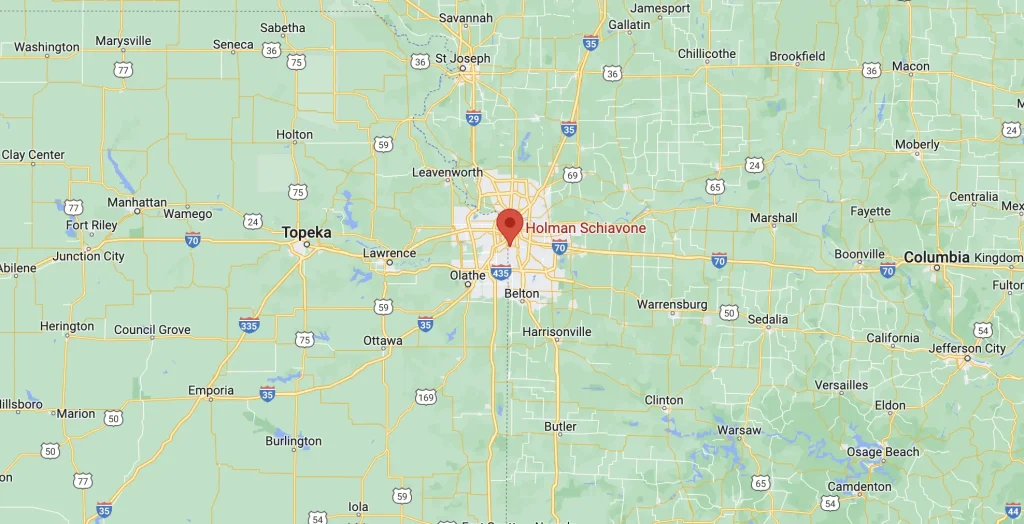Spring is in the air, but cold snaps and harsh weather remains a real possibility. The CDC released some tips for working safely out in the elements. As discussed in a prior article, cold weather illnesses can sneak up on you. Vigilance and adherence to safety procedures are the key to ensuring that you and your co-workers don’t suffer permanent damage. This article will discuss safety tips for the last two cold-related injuries listed by the CDC, trench foot and chilblains.
Trench foot results because the blood vessels in your feet constrict to prevent rapid heat loss. Eventually, if your foot is deprived of blood for too long, it could cause permanent damage. Trench foot is most commonly associated with working in cold and wet environments. However, you can even get trench foot working in a balmy 60 degrees if your feet are wet.
Trench foot symptoms progress from mild such as cramps or reddening skin to the very serious like blisters, bleeding or gangrene. The best way to combat trench foot is to keep your feet dry, so switch them out of wet socks and boots whenever possible. If you begin suffering these symptoms. you must remove the wet boots as soon as possible. Avoid walking on your feet because you could damage the tissue.
Chilblains is caused by repeated exposure to cold temperatures. It manifests as redness, blisters and inflammation. The coldness causes damage to capillaries which irritates the skin. The damage is permanent and increases in intensity every time you are exposed. You should avoid scratching and coat the affected areas in corticosteroid creams to relieve itching.
If you suffered an injury while on the job then you may want to consult with an employment law attorney, you could have an actionable claim. Employers must take reasonable steps to provide a safe working environment. For working out in the cold, it could mean providing extra coats, breaks in warm rooms or even blankets. You have a right to as safe a workplace as is reasonably conceivable. Stay warm and stay safe.


